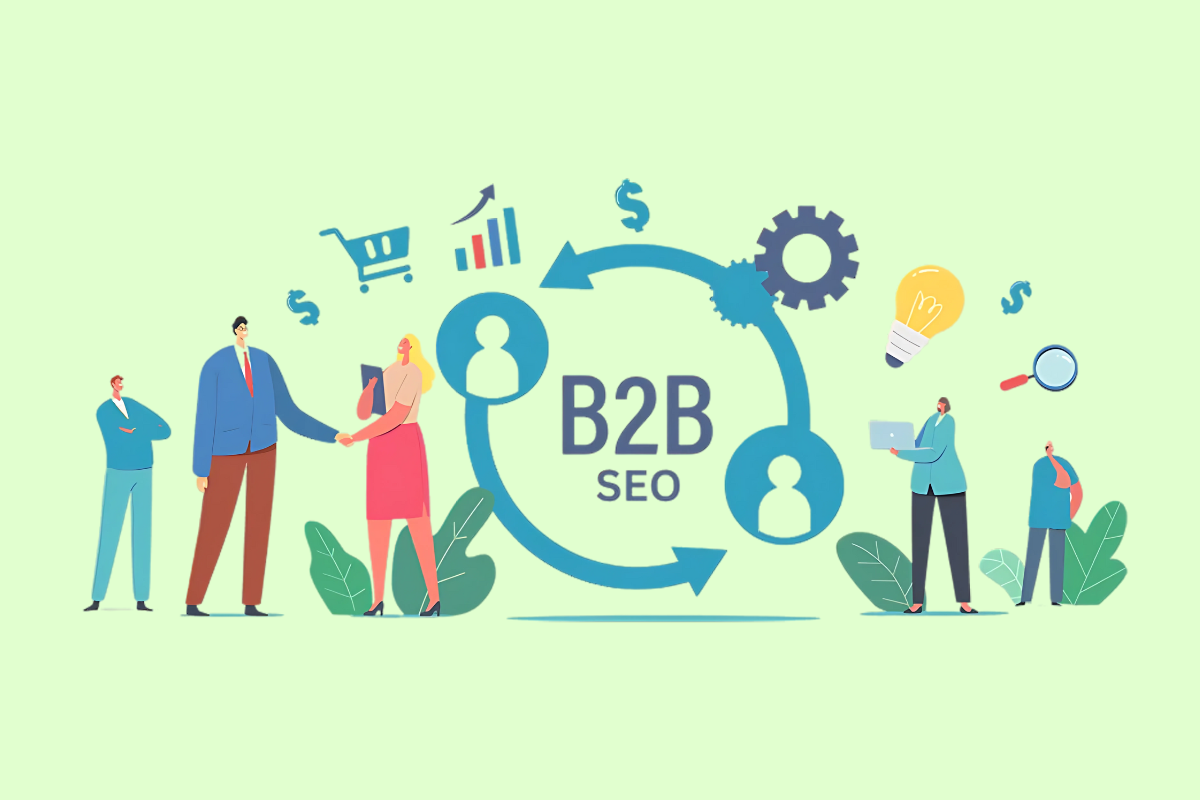In today’s hyper-connected world, B2C marketers face a growing challenge: digital fragmentation. Consumers now interact with brands across a complex network of platforms ranging from traditional search engines and e-commerce sites to social media, AI chatbots, and voice assistants. Navigating this fragmented ecosystem requires more than just keyword optimization, it calls for adaptive, cross-channel SEO strategies that meet users wherever they are.
In this blog, we’ll explore how marketers can overcome digital fragmentation using modern SEO techniques that drive visibility, engagement, and conversions.
From Keywords to Topics and Intent
Search engines today reward depth over repetition. Instead of building separate pages for isolated keywords, successful SEO now centers around topic clusters interconnected content that explores a subject thoroughly. For instance, a skincare brand targeting “hydrating serums” might create a hub of content that includes product guides, expert interviews, customer FAQs, and ingredient comparisons all linking to one another and reinforcing topical authority.

At the same time, SEO must shift its focus from just keywords to user intent. A person searching “best budget running shoes” has very different expectations than someone searching “how to choose running shoes for flat feet.” Understanding this distinction and tailoring content accordingly whether it’s educational, transactional, or navigational can significantly improve engagement and conversion.
Why Traditional SEO No Longer Works
Search engine algorithms, user expectations, and content platforms have evolved:
- Search is now conversational and contextual, especially with the rise of AI-powered engines like Google SGE and ChatGPT.
- Discovery spans platforms, from voice assistants to marketplaces and short-form video apps.
- User intent changes dynamically, often within the same session.
SEO must now support not just search engine visibility but brand discoverability across multiple digital environments.
The Role of First-Party Data and Measurement
With third-party cookies on the decline and data privacy regulations tightening, marketers must rely more heavily on first party data. Website analytics, email interactions, and behavioral data offer direct insights into what users value From Keywords to Topics and Intent
Search engines today reward depth over repetition. Instead of building separate pages for isolated keywords, successful SEO now centers around topic clusters interconnected content that explores a subject thoroughly. For instance, a skincare brand targeting “hydrating serums” might create a hub of content that includes product guides, expert interviews, customer FAQs, and ingredient comparisons all linking to one another and reinforcing topical authority.
At the same time, SEO must shift its focus from just keywords to user intent. A person searching “best budget running shoes” has very different expectations than someone searching “how to choose running shoes for flat feet.” Understanding this distinction and tailoring content accordingly whether it’s educational, transactional, or navigational can significantly improve engagement and conversion.
Future-Proofing Your SEO Strategy
To succeed in 2025 and beyond, B2C marketers must treat SEO not as a technical checklist, but as a strategic framework that connects content, platforms, and user behavior. This means creating content that answers real questions, optimizing for multiple digital environments, using data responsibly, and continuously adapting to shifts in technology and consumer habits.
In a fragmented world, the brands that remain discoverable, consistent, and valuable—no matter where the customer begins are the ones that will earn lasting trust and loyalty.


